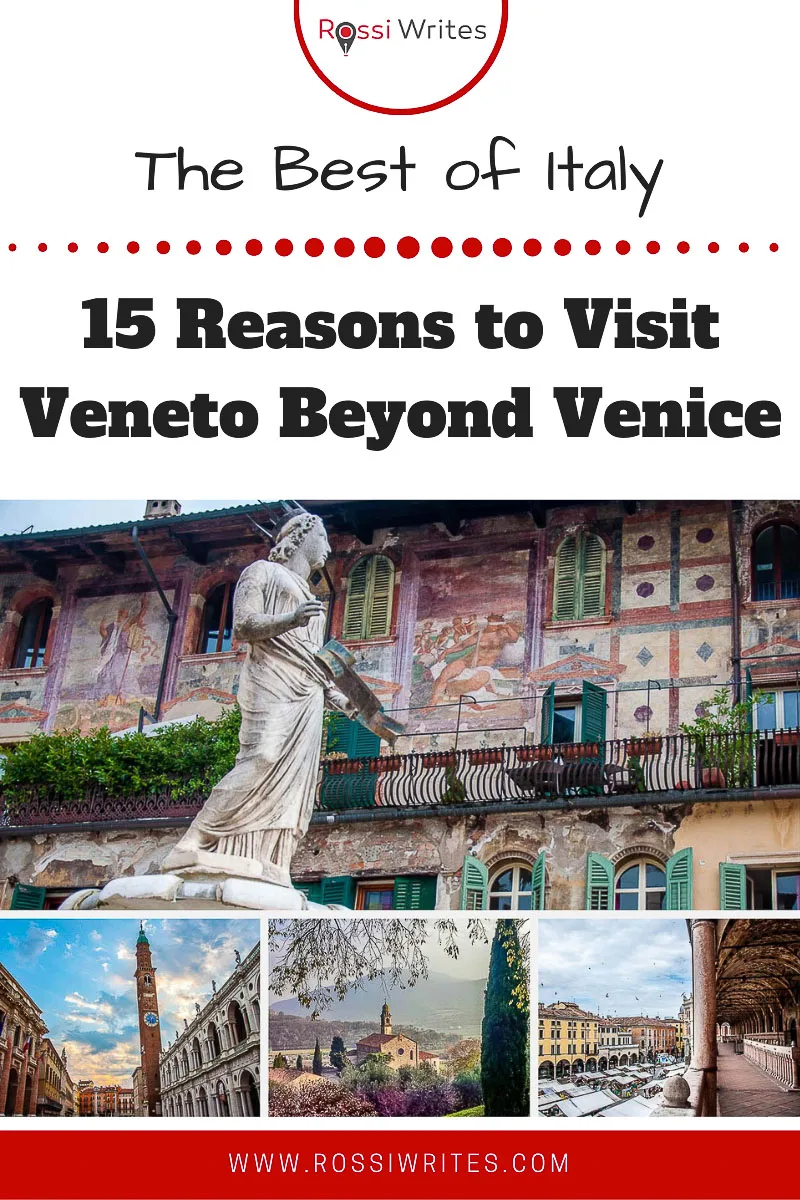Veneto is a region in the northeast of Italy that stretches from the golden beaches of the Adriatic Sea to the snow-capped peaks of the majestic Dolomites.
It is mainly known for its capital – the unique city of Venice.
And while all eyes are on this undisputable gem, let me tell you a little secret: the Veneto is a very worthy destination even beyond the beautiful setting of the Venetian Lagoon.
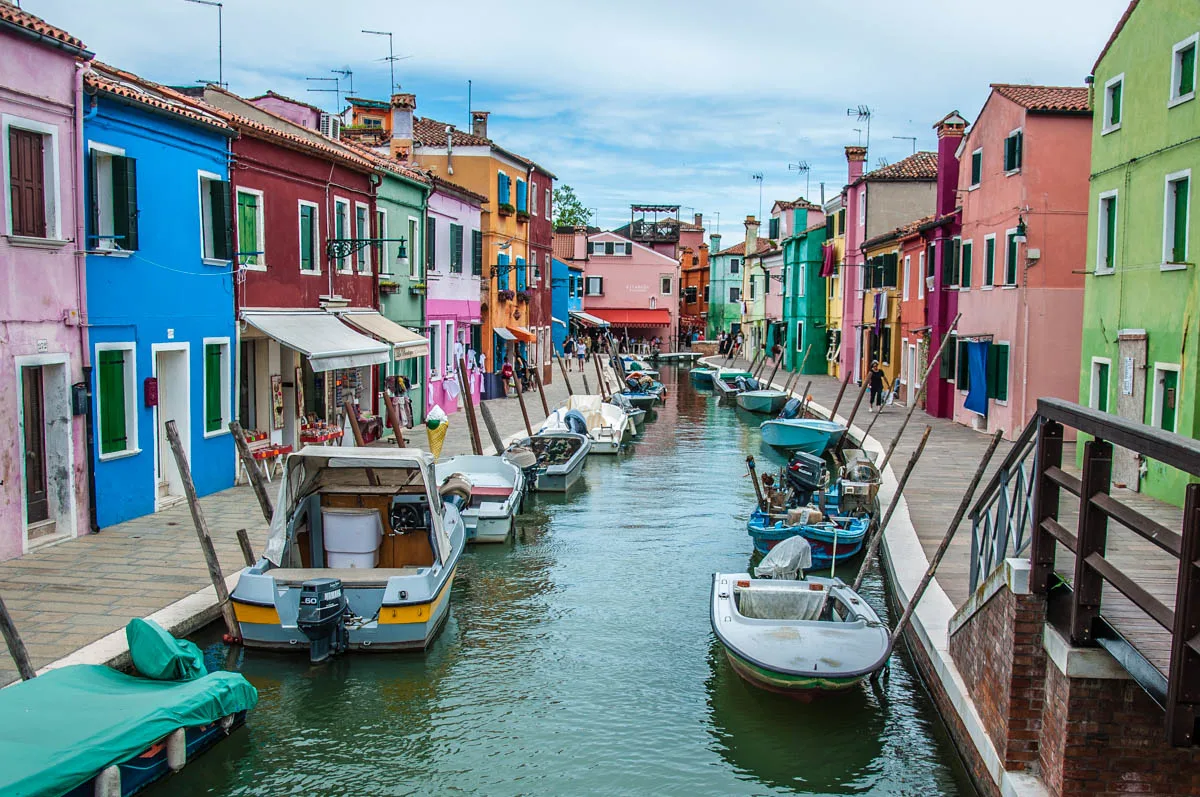
No matter what you may have in mind in terms of travel – a long vacation with plenty of relaxation, an art and culture city break, a family trip to make memories that last a lifetime, a foodie exploration or an active holiday – you will find it in the Veneto and then some.

I had the chance of living in the Veneto, Italy for six years. A time that I happily spent learning about this beautiful land and the many secret corners that it has.
Now, I want to share it all with you. This way you can not only place the Veneto at the top of your travel wish list but you can also start planning a one-of-a-kind exploration of it as and when the right time to do it comes along.
Have a look!
15 Reasons to Visit Veneto, Italy Beyond Its Capital Venice
1. Veneto’s Gorgeous Cities
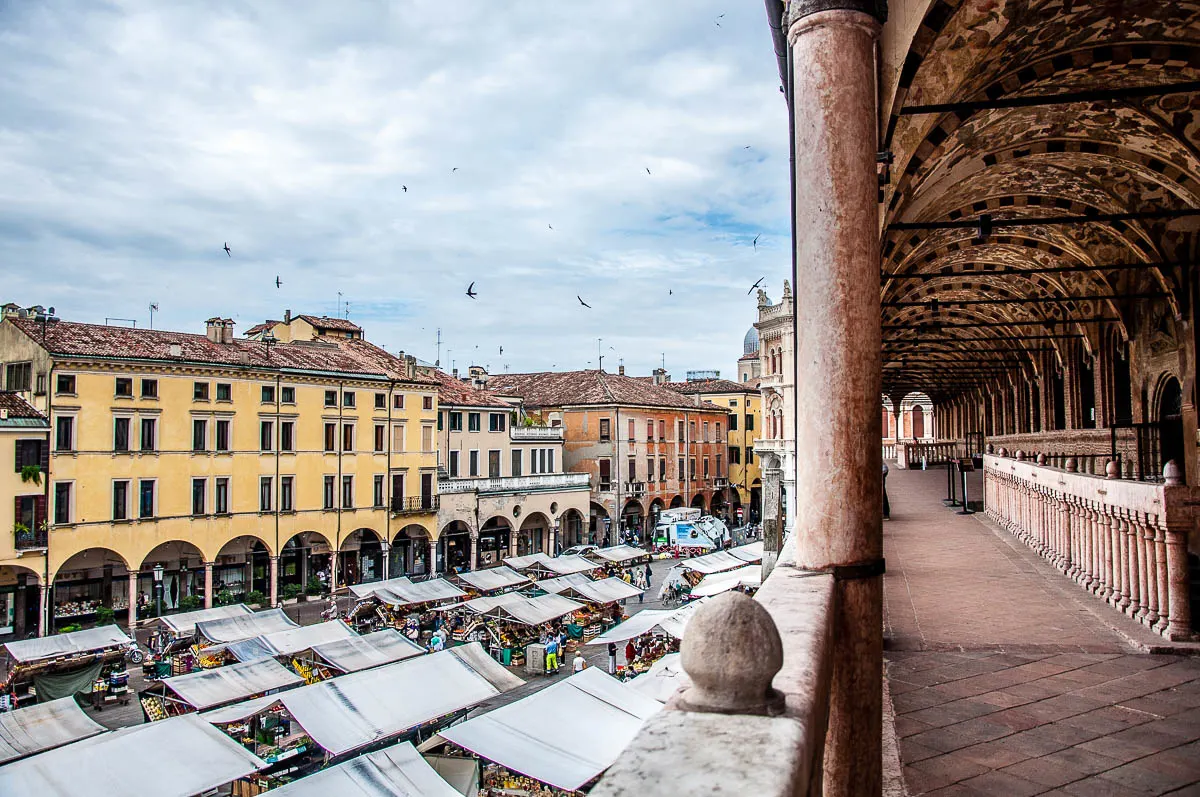
The Veneto, Italy has the beautiful city of Venice as its capital. That’s not all though. There are several other cities here that are a must-see. After all, here you have the City of Love Verona, the City of Academics Padua, and the City of Architecture Vicenza.
Each of them offers a long list of unmissable sights revealing the art, sciences, and beauty of Italy from ancient times through the Middle Ages and the Renaissance to our modern days. In addition, each of the Veneto’s cities has its own dishes reflecting local traditions and making the best use of typical local foodstuffs.
Click on the links below for extensive information about all the wonderful things you can do in the cities of the Veneto – from the large and well-known ones to several hidden gems.
Click here for more information:
- 10 Best Cities in Veneto, Italy to Visit and What to See in Each
- Hidden Gems in Venice – 101 Things to Do in Venice, Italy Off the Beaten Track
- 20 Best Things to Do in Verona, Italy in One Day – The Ultimate Itinerary with Photos and Tips
- 13 Best Things to Do in Padua, Italy in One Day (Full Itinerary with Times, Photos, and Map)
- 25 Best Things to Do and See in Vicenza – Northern Italy’s Hidden Gem
2. Veneto’s Medieval Walled Towns
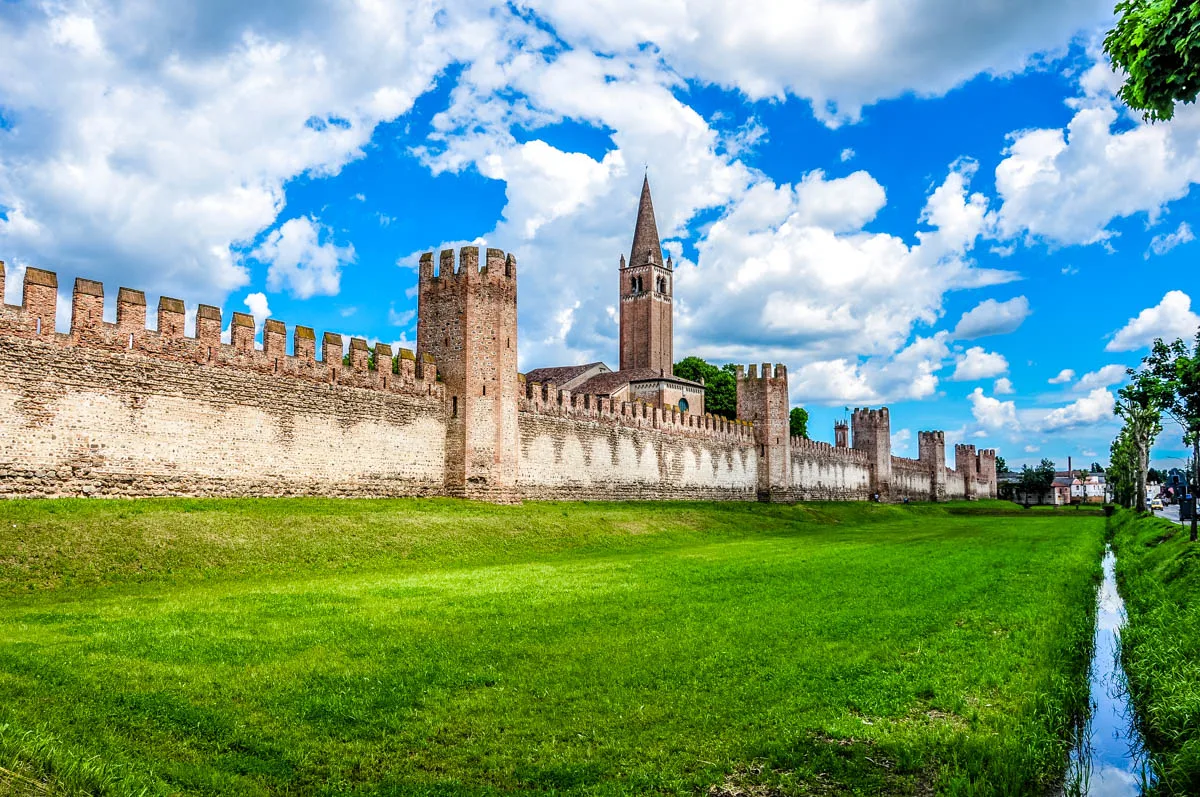
The Veneto, Italy is dotted with lovely little towns that like time capsules effortlessly transport you to the Middle Ages. With pretty historic centres surrounded by huge defensive walls and a castle or two in a strategic spot, these medieval towns are a great day trip or a base for a longer exploration.
If you love history, then don’t miss Veneto’s walled towns of Cittadella, Castelfranco Veneto, Conegliano, Este, Marostica, Montagnana, and Serravalle. They all are very beautiful, have well-preserved medieval fortifications, some great museums, and rich in art churches. Plus, once a year or so many of them stage a large historical reenactment.
Visiting Veneto’s medieval walled towns is a great experience. To be able to place your hand on the stones of a centuries-old wall and to think that it was built without our modern-day technology and yet it’s still standing is a great feeling and it makes you feel connected to history and the world.
Click here for more information:
- Este, Italy – Top 9 Things to Do in This 3,000-Year-Old Walled Town
- Montagnana, Italy – 10 Things to Do in the Fortified Town of Prosciutto
3. Veneto’s Palladian Architecture
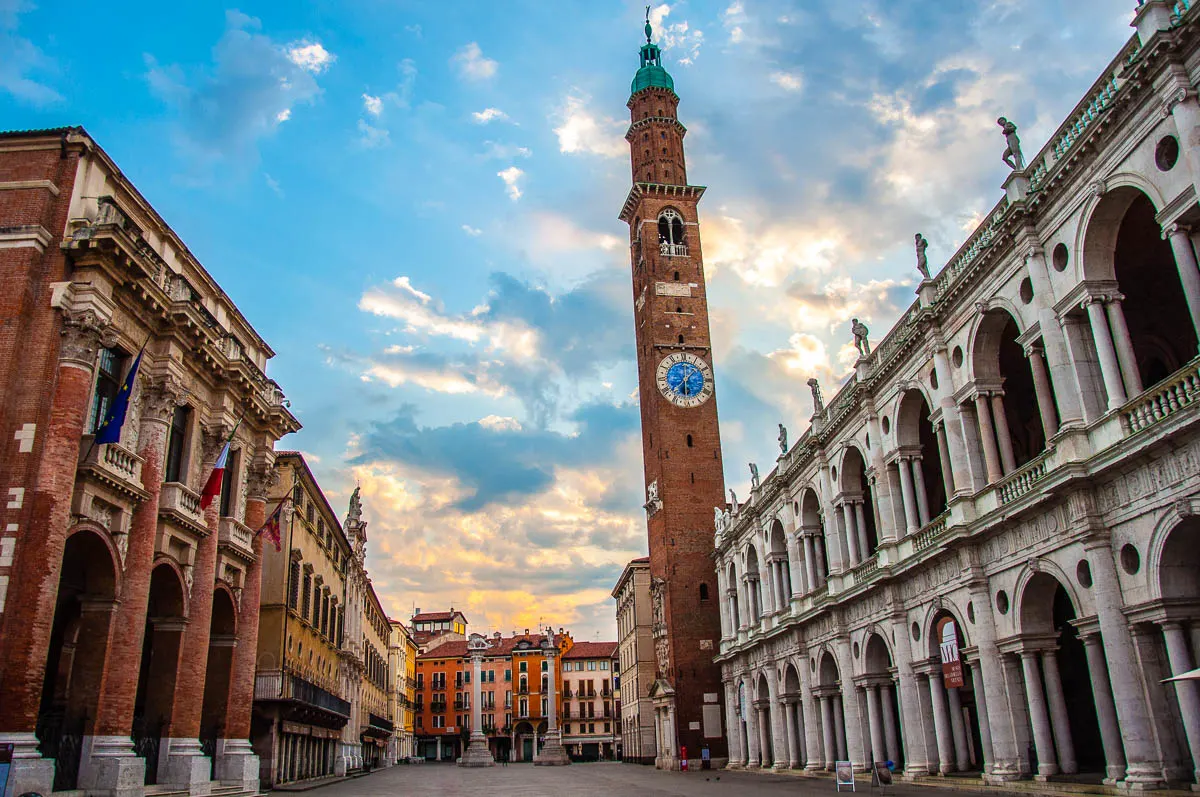
The Veneto, Italy is the birthplace of the Palladian architectural style. It owes its name and tenets to Andrea Palladio, a Renaissance architect who was born in Padua – one of the Veneto’s largest cities.
Influenced by the architecture of Ancient Greece and Rome, Palladio designed and erected dozens of buildings in and around Vicenza, Venice and other corners of the Veneto. Among them are Vicenza’s Basilica Palladiana (pictured above), Teatro Olimpico – the world’s first indoor theatre in masonry – and Villa Capra ‘La Rotonda’ – one of the most copied buildings in Europe and the USA.
Palladio’s urban palaces and villas are among some of the most famous buildings in the world. Together with his writings, they have inspired many thousands of buildings in all the major centres of the Western civilisation.
Palladio’s influence on Western architecture is such that he not only originated a style but he is also officially named as the Father of American Architecture.
Click here for more information:
4. Veneto’s Connection to the Story of Romeo and Juliet
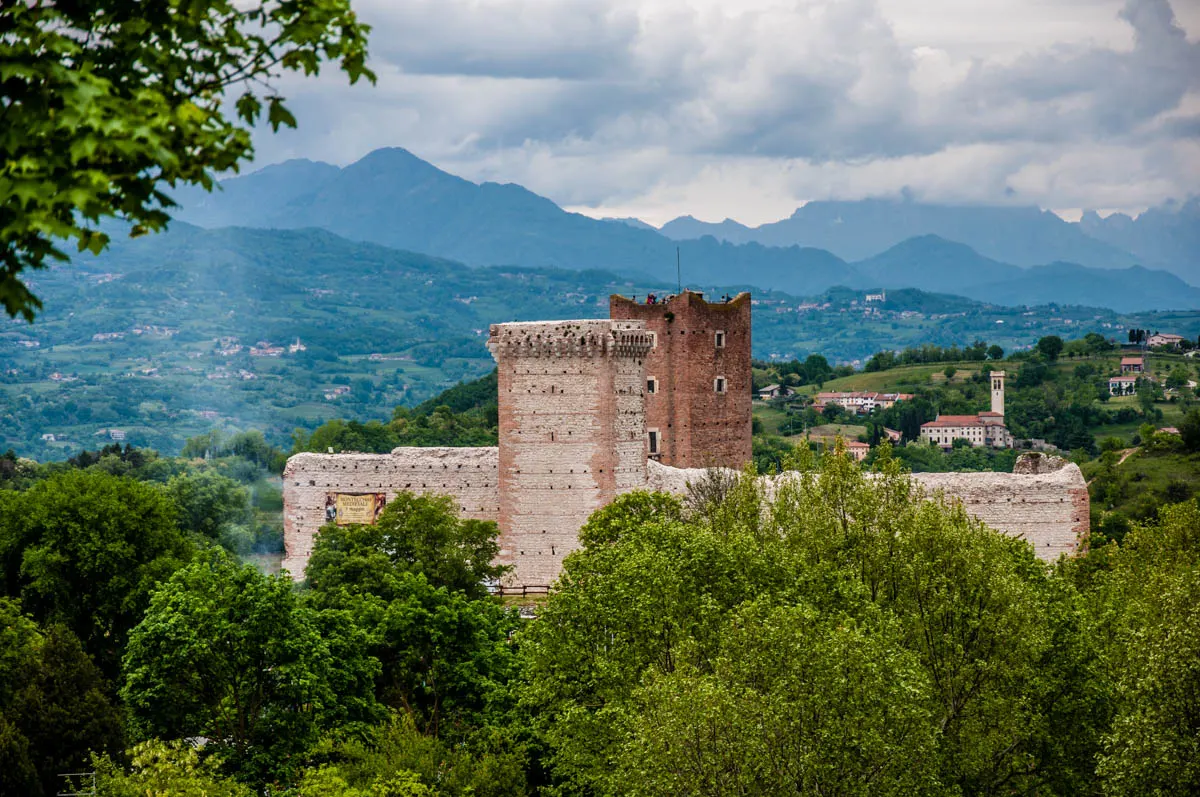
The Veneto, Italy is where the story of Romeo and Juliet takes place. It’s set in fair Verona as William Shakespeare himself called this beautiful city. Nowadays Verona has many sights to entice the romantics at heart to visit. From Juliet’s House to a yearly festival dedicated to love, Verona is the perfect place to head to with the one that makes your heart beat fast.
That’s not all though! Veneto’s connection to Romeo and Juliet runs much deeper than that. For this Northern Italian region is also the place where the original story of the star-crossed lovers was written back in the 16th century. The author was a local nobleman called Luigi da Porto. He wrote his novel about Romeo and Juliet exactly forty years before William Shakespeare was born.
Nowadays, you can see the two castles which inspired Luigi da Porto’s pen and visit a yearly festival which honours his legacy. In Vicenza, you can also see the writer’s final resting place.
Click here for more information:
- Point 7 in 25 Best Things to Do in Vicenza – Northern Italy’s Hidden Gem
- Point 1 in Montecchio Maggiore, Italy – 4 Hidden Gems You Need to See in the Real Town of Romeo and Juliet
- Point 8 in 20 Best Things to Do in Verona, Italy in One Day – The Ultimate Itinerary with Photos and Tips
5. Veneto’s Great Food and Wine
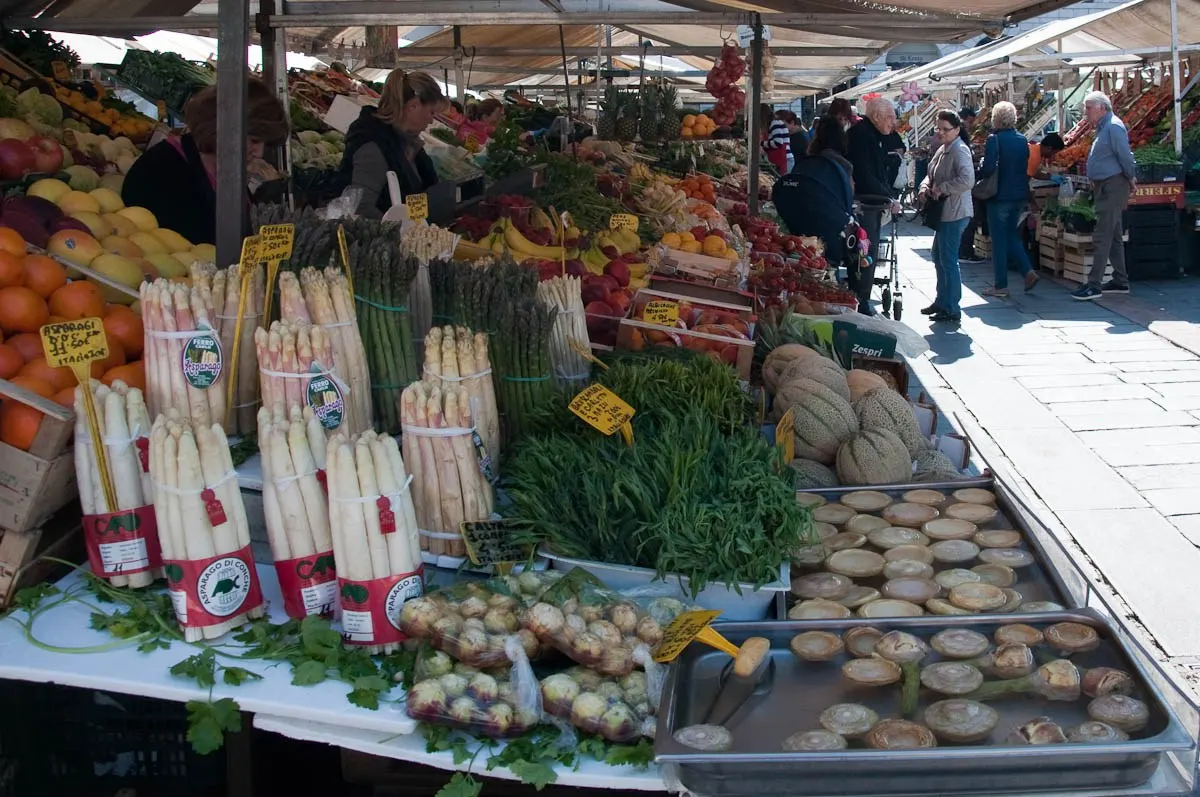
The Veneto, Italy is the perfect destination for anyone who loves good food. This Northern Italian region has many unique local dishes, heirloom vegetables, prized wines, and scrumptious desserts. Plus, the Veneto is the birthplace of prosecco and tiramisu!
Every province here has its own specialities. So, travelling around the Veneto is a great way to explore many different culinary traditions and foodstuffs. Local markets offer fresh seasonal produce, seafood, and meats. One of the most famous ones is the daily market in Padua which is 800 years old. Festivals are also regularly held promoting local dishes and foods.
From the white asparagus of Bassano del Grappa to the peaches, kiwis, and olives of Lake Garda, from the fresh seafood of the Adriatic to the wide variety of local salami and dry-cured meats, from the wines of Soave and Valpolicella to the strong grappa drink, there is something for everyone here to taste and enjoy.
Some of my favourite local delicacies that I am only too happy to recommend are the fabulous cheese of Asiago which is great both fresh and matured, frittelle which are tasty little balls of fried dough stuffed with different creams and chocolate, and cherries from Marostica which have an IGP recognition. If you like meat, then head to a local agriturismo (an Italian farm offering accommodation and often with a restaurant attached to it) and order a grigliata mista – a mix of grilled meats and sausages which are locally reared and stuffed.
Click here for more information:
- Pasticceria Soraru – The Oldest Patisserie in Vicenza, Italy – Traditions and Secrets of Italian Desserts
- Italian Cheeses – 5 Must-Try Cheeses and 10 Unmissable Cheese Experiences in the Veneto, Italy
- What is Polenta Or 10 Reasons Why You Should Eat Polenta in Northern Italy
- Padua’s 800 Year-Old Market
- Exploring Venice: Rialto Fish Market
- Frittella – The Taste of the Venetian Carnival
- Panettone – Traditions and Secrets of the King of the Italian Christmas Table
- Mandorlato Veneto – The Taste of Italian Christmas
- Castagnata – Italy’s Roasted Chestnuts Festivals
- Sant’Antonio’s Cakes in Padua, Italy – The Story of the Sweets of the Saint
6. Veneto’s Portion of Lake Garda – Italy’s Largest Lake
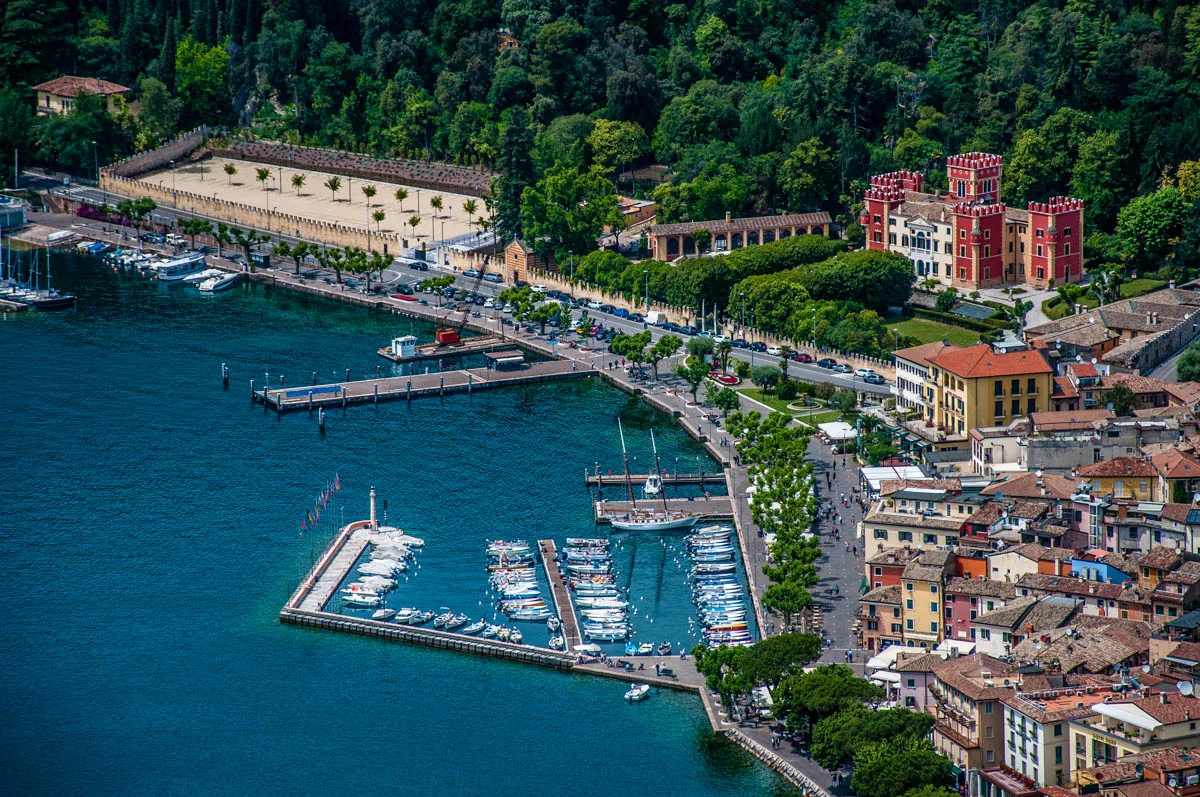
The Veneto, Italy has within its confines a large portion of the shores and waters of Lago di Garda – Italy’s largest lake.
It’s an area that is incredibly beautiful, has an interesting history to explore, lovely lakefront towns to relax in, great local food, and dozens of options for activities and sport.
Lazise, Torri del Benaco, and Malcesine are some of the most beautiful towns on Veneto’s Lake Garda to see for yourself. A state-of-the-art funicular will take you to the top of Monte Baldo – a tall mountain range on the shores of the lake – to admire the panoramic views, to hike in summer and in winter to ski. And then you can go for lovely walks through olive groves to explore medieval villages, ancient churches, and take part in local festivals.
A short distance away from Veneto’s main cities, Lake Garda is a must-see even if it is just for a day trip. All details are in the links below.
Click here for more information:
- Best 12 Towns to Visit around Lago di Garda – Italy’s Largest Lake
- Lake Garda with Kids or The Best 11 Things to Do at Lake Garda for Families
- Getting around Lake Garda – 8 Best Ways to Travel around Italy’s Largest Lake
- 8 Best Airports for Lake Garda or How to Quickly Reach by Plane Italy’s Largest Lake
- 3 Easy Ways to Travel from Verona to Lake Garda in Italy
- 3 Easy Ways to Travel from Venice to Lake Garda in Italy
- Lake Garda Beaches – 16 Top Tips for a Great Day at the Beach at Italy’s Largest Lake
- 3 Unmissable Lake Garda Beaches to Sun Yourself on This Summer in Italy
- 15 Best Things to Do in and around Torri del Benaco, Italy
- Punta di San Vigilio – A Walk Through the Most Charming Corner of Lake Garda, Italy
- Lake Garda’s Tibetan Bridge – A High-Adrenaline Hiking Experience in the Veneto, Italy
- Rocca di Garda – Hiking to the Best Panoramic Spot of Lake Garda, Italy
- The Shortest River in Italy – Visiting the River Aril in Cassone at Lake Garda
- Sanctuary of Madonna della Corona – Visiting Italy’s Church Suspended Between Heaven and Earth
7. Veneto’s Multilayered History

The Veneto, Italy has a very interesting multilayered history that stretches over several millennia.
The local archaeological museums are a delight to explore for they reveal a wealth of information about the ancient civilisations that flourished there. Of particular interest is the National Atestino Museum in the walled town of Este where you can see artefacts from the advanced Paleovenetic Este Culture.
Roman buildings, mosaics, and roads are dotted all over this Northern Italian region, too. A special mention here deserves Arena di Verona – the expansive amphitheatre which is older than Rome’s Coliseum and nowadays is the stage of the worldwide famous Verona Opera Festival.
Add to this the tumultuous Middle Ages and the uplifting Renaissance. They left their imprint on the Veneto in many different ways. From walled towns and hilltop castles to scientific discoveries and elegant art, you will be in your element here if these two historic periods appeal to you.
War has ravaged the Veneto, Italy several times through the centuries, too. If your interest is military history, then here you can visit the battlefields of the Italian Campaigns of the French Revolutionary Wars, as well as the First and the Second World War.
Click here for more information:
- Point 1 in Este, Italy – Top 9 Things to Do in This 3,000-Year-Old Walled Town
- 10 Must-See Museums in Vicenza, Italy (With Map and Travel Tips)
8. Veneto’s Beautiful Gardens
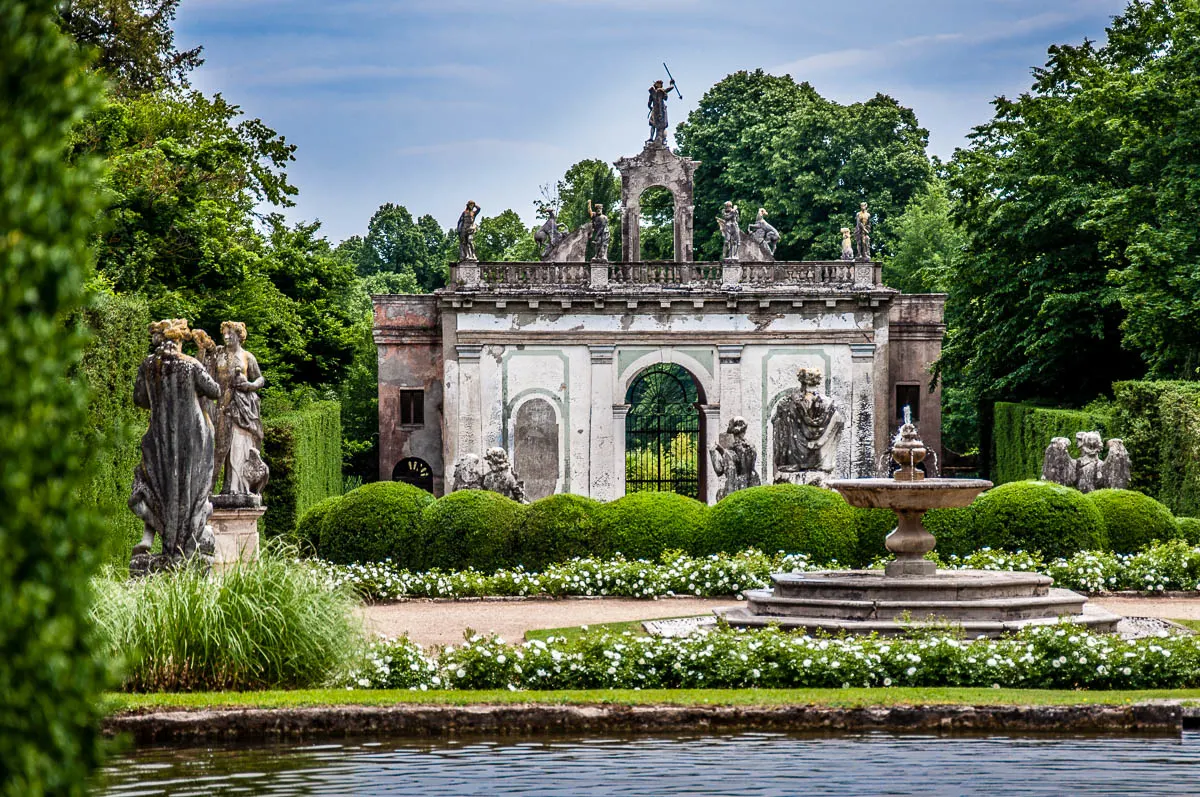
The Veneto, Italy has many wonderful gardens that offer a first-hand experience of the delights of the Italian gardening art. Most importantly, this Northern Italian region has four of Italy’s officially most beautiful parks. Chosen as winners of the nationwide contest Il Parco Piu’ Bello d’Italia that has been held since 2003, you can find their names and how to visit them by clicking on the first link below.
In addition, many Venetian villas, urban palaces, towns and cities here have wonderful gardens and parks. To find some ideas where to head to, please, click on the second link below. For example, in Padua, you can visit the world’s oldest academic botanical garden which was created almost 500 years ago.
Spending a couple of hours exploring a gorgeously landscaped garden in the Veneto, Italy is always time well-spent. Being surrounded by manicured lawns, carefully selected trees, shrubs, and flowers, and beautifully maintained ponds makes you feel really relaxed and it is a great source of inspiration.
Click here for more information:
- Italian Gardens – How to Visit Four of Italy’s Most Beautiful Parks in the Veneto
- 9 Gorgeous Gardens and Parks in the Veneto to Enjoy This Season
9. Veneto’s Hiking, Cycling, and Rafting Opportunities
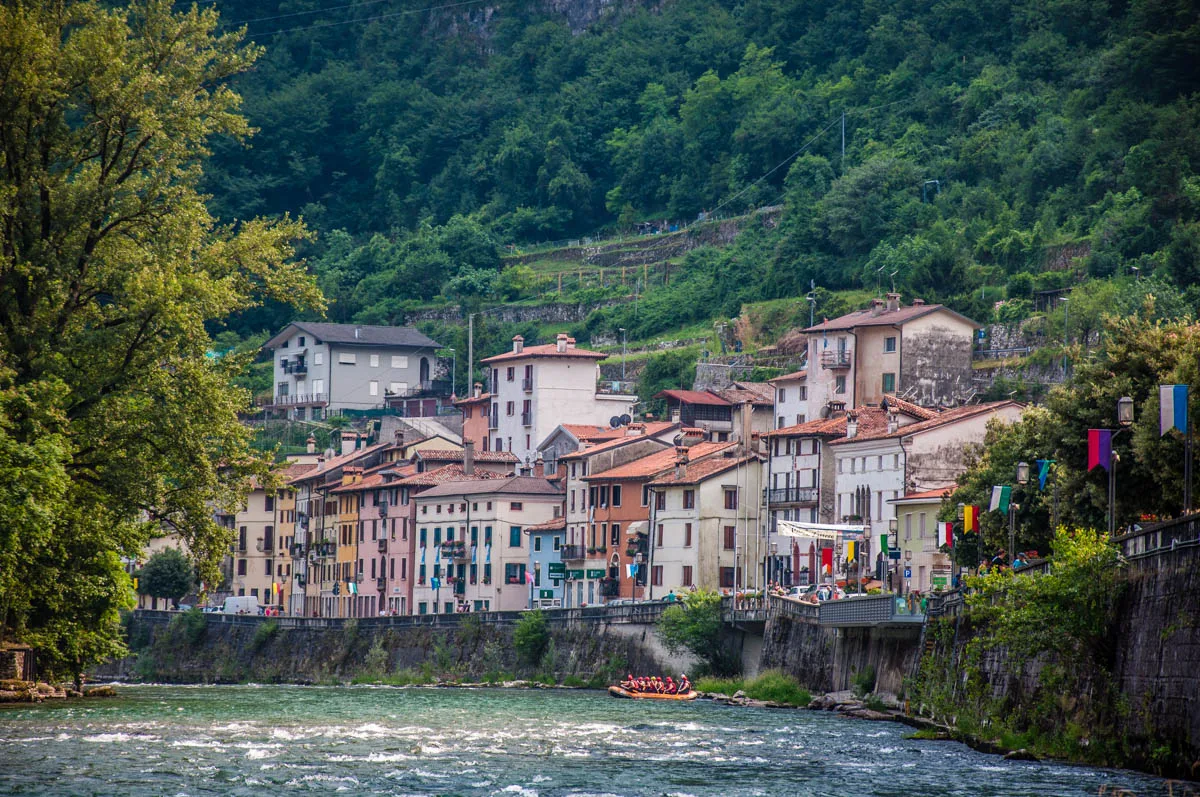
The Veneto, Italy offers thousands of opportunities for hiking, cycling, rafting, and all other sorts of outdoors activities. Being active here is a way of life. With lush forests, groups of hills and tall mountains on your doorstep, getting in contact with nature in the Veneto is very easy and rewarding.
From the green Asiago Plateau to the Little Dolomites, from the Euganean and Berici Hills to the Dolomites, you can find numerous hiking trails here to fit every ability level. Some take you to waterfalls and lakes. Others allow you to explore the places where the battles of World War I and World War II were held. Yet others are dotted with works of contemporary art so that you can admire large art installations in the midst of the woods.
As for cycling, this is one of Italy’s favourite sports. Everywhere you go in the Veneto, you can hire a bike and go explore.
Fast rivers are great for rafting, canoeing, and other water sports. A particular favourite of mine is the River Brenta near the small town of Valstagna.
Click here for more information:
- Hiking in Italy – Practical Tips from an Experienced Hiker
- 20 Family-Friendly Walks and Hikes Up to an Hour and a Half from Vicenza, Italy – First Part
- 20 Family-Friendly Walks and Hikes Up to an Hour and a Half from Vicenza – Second Part
- Dante’s Hill in the Veneto: An Easy Hike in the Steps of Italy’s Greatest Poet
- Walking the Path of the Big Trees – An Easy Hike in the Little Dolomites in Northern Italy
- Campo di Brenzone – A Great Day Trip to a Medieval Village in the Hills Above Lake Garda, Italy
- Parco delle Cascate and Molina – A Great Day Out in the Province of Verona
- Six Hidden Corners Around Vicenza, Italy to Quickly Get in Touch with Nature When You Need It
- Grotte del Caglieron – Caves, Waterfalls, and Cheese – A Great Day Trip in the Veneto, Northern Italy
- Hiking in the Dolomites: Grotta Azzurra di Mel – A Beautiful Hike in the Veneto, Northern Italy
10. Veneto’s Thermal Spas
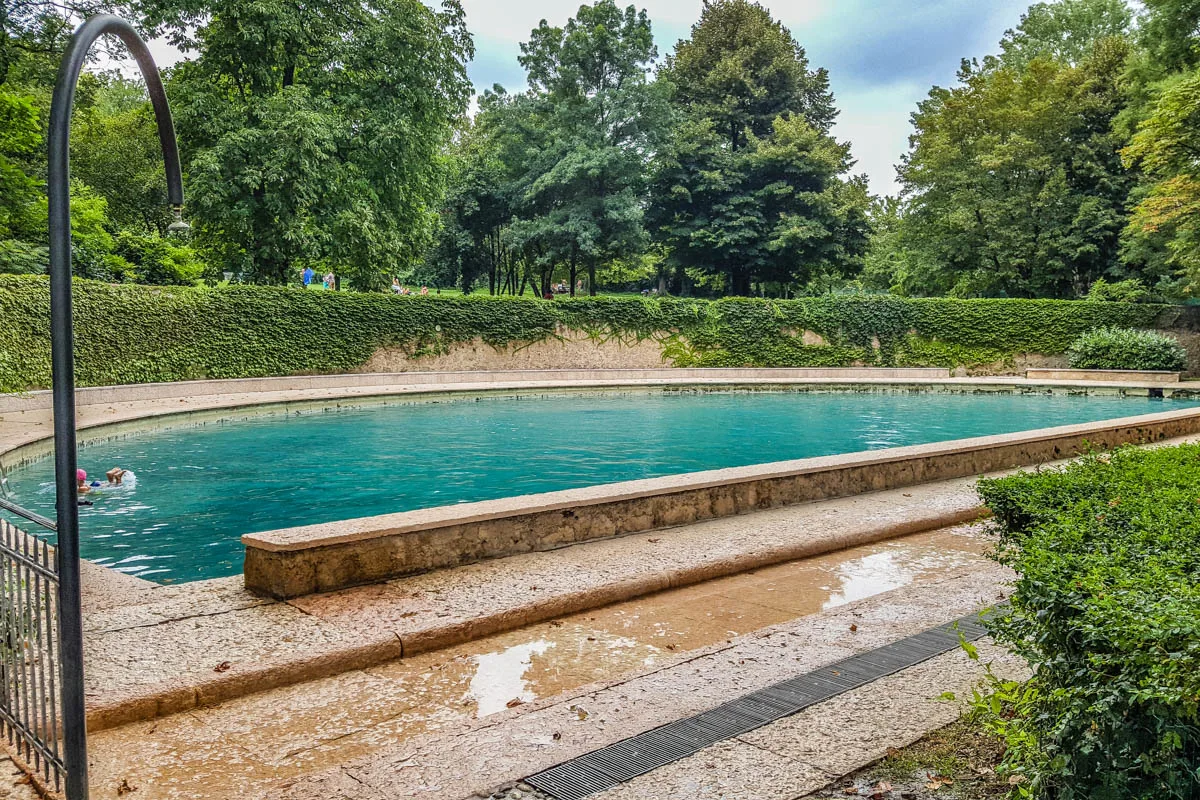
The Veneto, Italy is blessed with many thermal water springs.
Enjoyed for millennia by the people who have lived there, nowadays they have been used to create spa resorts offering all sorts of recuperation, relaxation, and rejuvenation procedures and facilities.
The spa towns of Abano Terme and Montegrotto Terme in the volcanic Euganean Hills have hundreds of hotels with on-site spas. Bibione on the Adriatic Sea is another popular spa destination. Villa dei Cedri is an expansive thermal park with a hotel on the shores of Lake Garda. And the spa town of Recoaro Terme in the Little Dolomites has been visited by such people as Goethe and Nietzsche attracted by the fame of the local curative waters.
One of the most interesting ways to have a thermal dip here is to head to the small town of Caldiero in the Province of Verona. There, in the large aquapark of Terme di Giunone there are also two swimming pools dating back to the Middle Ages. One is half-moon shaped and the other is circular and surrounded by a medieval wall. Both are filled with thermal water and are in the shade of a nice forest.
11. Veneto’s Nature Parks
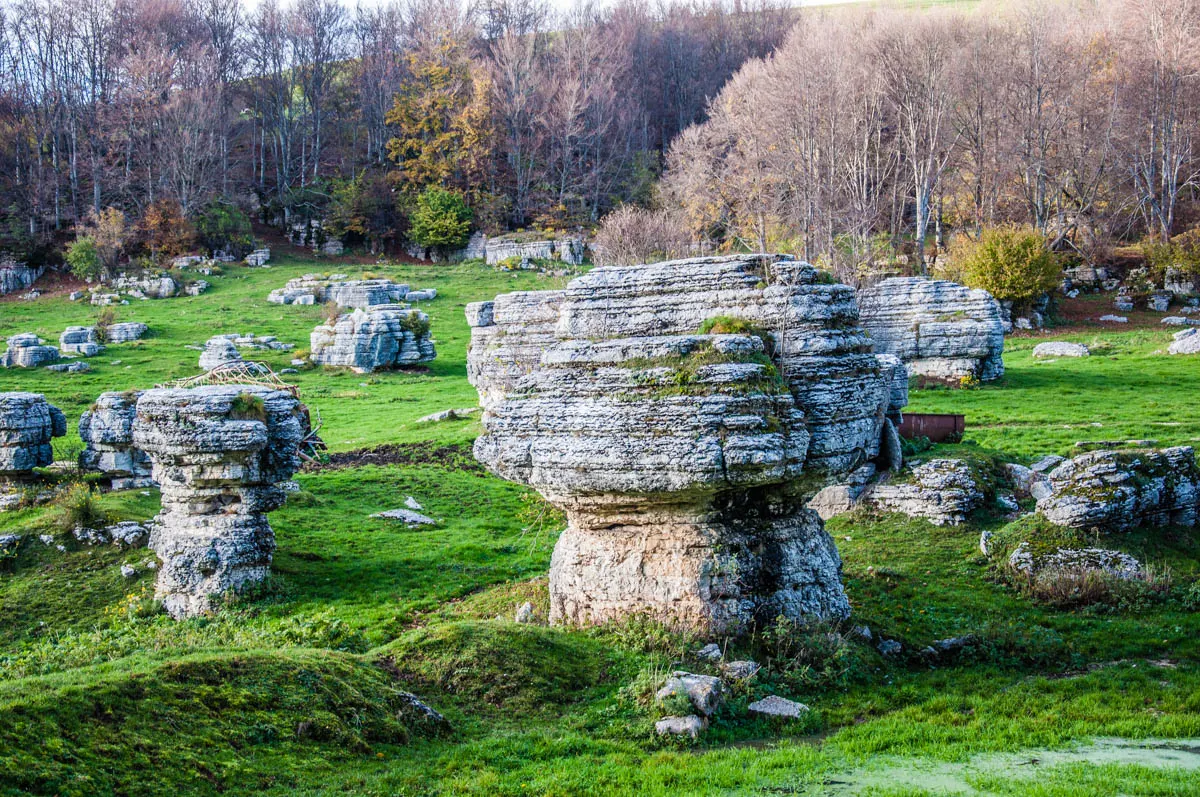
The Veneto, Italy has several nature parks and natural oases where you can go for a walk and marvel at the beauty and variety of the natural world. All in all, here you can visit five regional nature parks, one national nature park, six regional natural reserves, 14 state natural reserves, two humid zones of international importance, and many parks and reserves of regional interest.
A great place to start from is the Po Delta Regional Park. Po is Italy’s longest river. Its enormous delta is on the Adriatic Sea – a natural border between the Veneto and the neighbouring region of Emilia-Romagna. Here you can see flocks of pink flamingoes, sand dunes, and pine forests. Don’t miss the beautiful coastal botanical garden of Porto Caleri with its wooden walkways above the sparkling waters of the sea.
Another place I wholeheartedly recommend is the Lessinia Regional Natural Park – a plateau near Verona which is of great historical, natural, geological, and paleontological interest. If you visit, don’t miss the Valley of the Sphinxes – an area dotted with large rocks which over a very long period of time have been eroded by the wind in a myriad of whimsical shapes.
Click here for more information:
12. Veneto’s Art and Culture
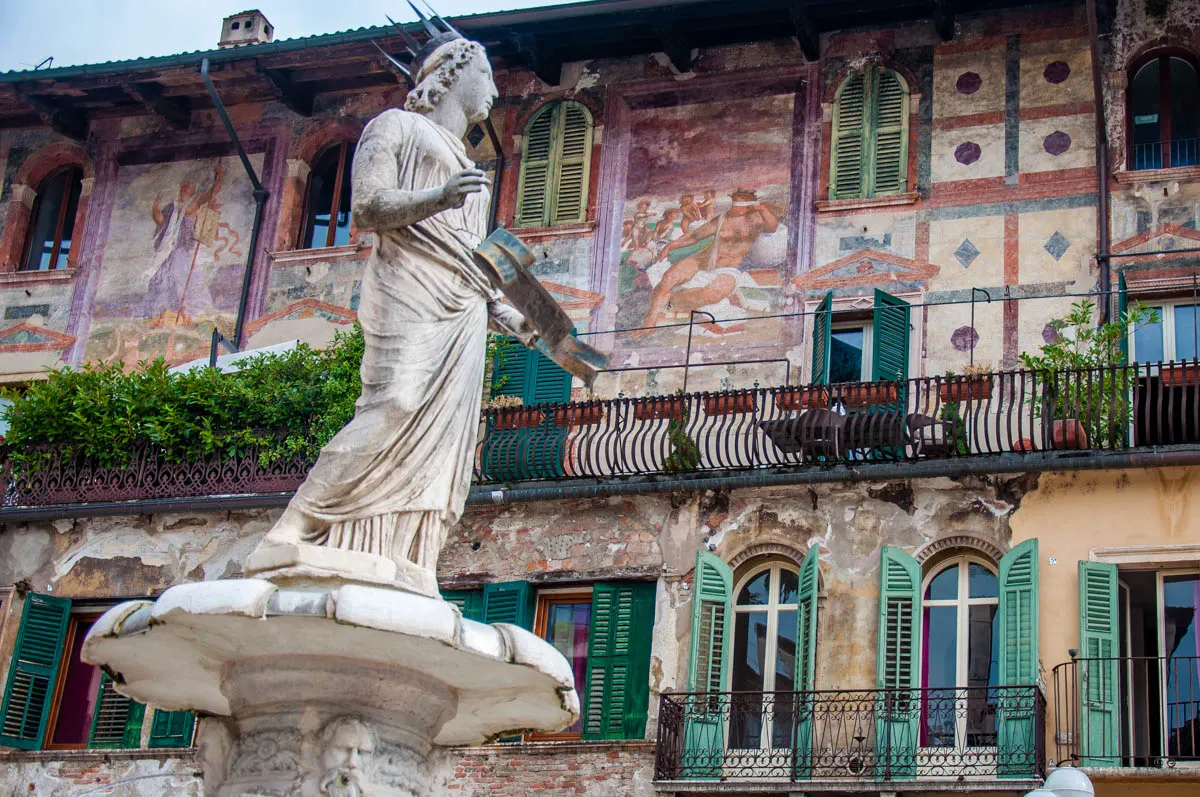
The Veneto, Italy has been a major centre of the arts and culture for millennia.
Ancient civilisations like the Paleovenetic Este Culture and the Ancient Romans settled here, built forts and houses, and developed complex ceramic and metalworking techniques.
The Middle Ages and the Renaissance saw the creation of a great number of priceless works of art. Nowadays many of them are admired in important museums around the world. Yet, the best way to understand and appreciate the Venetian art is to see it in its original setting – the churches, palaces, villas, and museums of the Veneto itself.
This is also the birthplace of some of the most celebrated artists and musicians of the past. Tintoretto, Titian, Veronese, Giorgione, and Vivaldi being only some of them.
The Veneto, Italy is not all about the past though. This Northern Italian region has many galleries and museums dedicated to modern and contemporary art. Open-air art installations have been installed in the bosom of nature, too thus helping you enjoy art even when you hike.
Important cultural events take place here all year round. From the Verona Opera Festival held in a Roman amphitheatre which is two millennia old to art, film, and music events, there is always something to see, enjoy, and appreciate here.
Click here for more information:
- Pieve di Cadore’ – 6 Things to Do in Titian’s Birthplace
- The War on Art ot the Loss and Reconstruction of the Mantegna Frescoes
- 10 Must-See Museums in Vicenza, Italy (With Map and Travel Tips)
- Verona Opera Festival – A Guide to the World’s Most Spectacular Opera Event
- The Painted Caves of Rubbio, Italy – Where Art Meets Nature
13. Veneto’s Beautiful Villages
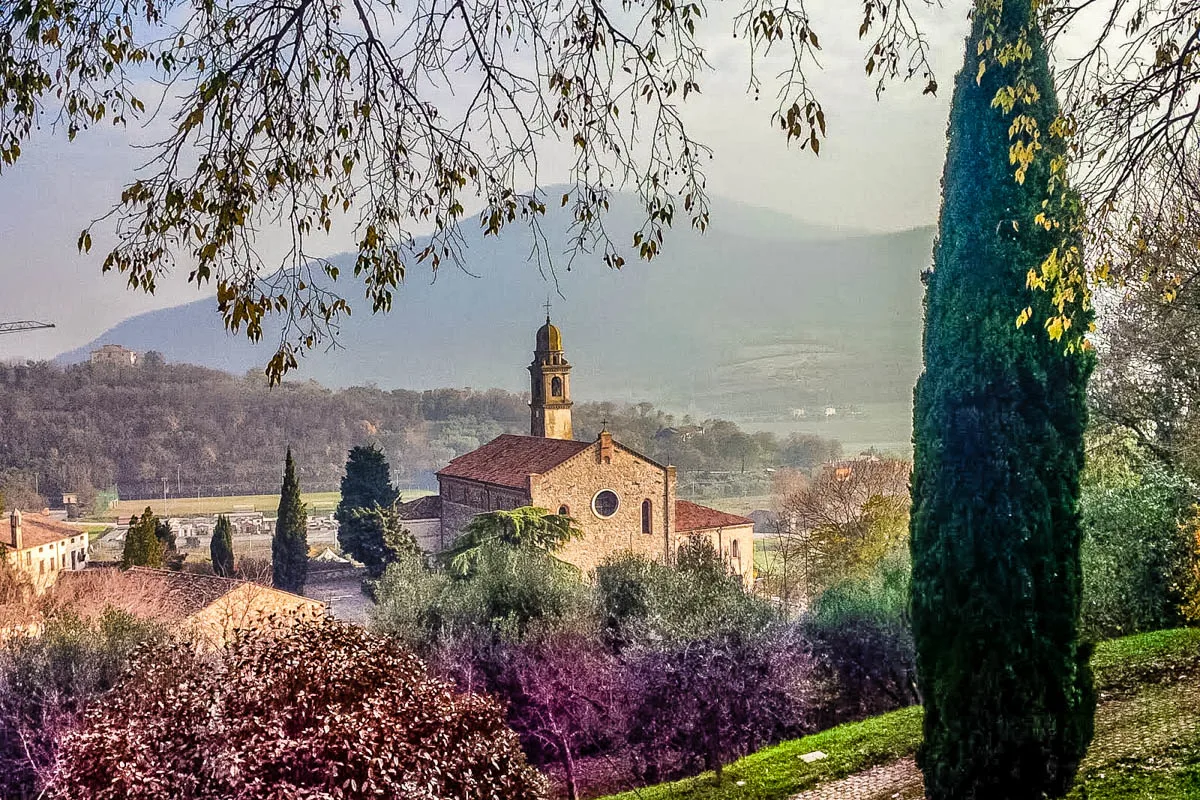
The Veneto is where you will find some of Italy’s most beautiful villages.
Tucked into pockets of stunning nature, enjoying splendid hilltop locations, and keeping in their bosoms ancient sights and monuments, Veneto’s villages are a great destination off the beaten track.
Just as an example, put places like Arqua Petrarca, Asolo, and Borghetto sul Mincio on your Veneto’s travel wish list. There you will discover respectively the final resting place of the great Italian humanist and poet Petrarch, the castle of the Queen of Cyprus, Jerusalem and Armenia, and the most delicious tortellini this side of Italy.
While visiting small villages in the Veneto may sound a bit counterintuitive when you have Venice and other larger cities here to focus on, give it a thought. Especially if you like hidden gems, beautiful views, interesting history, and peace and quiet.
Click here for more information:
14. Veneto’s Coffee Traditions
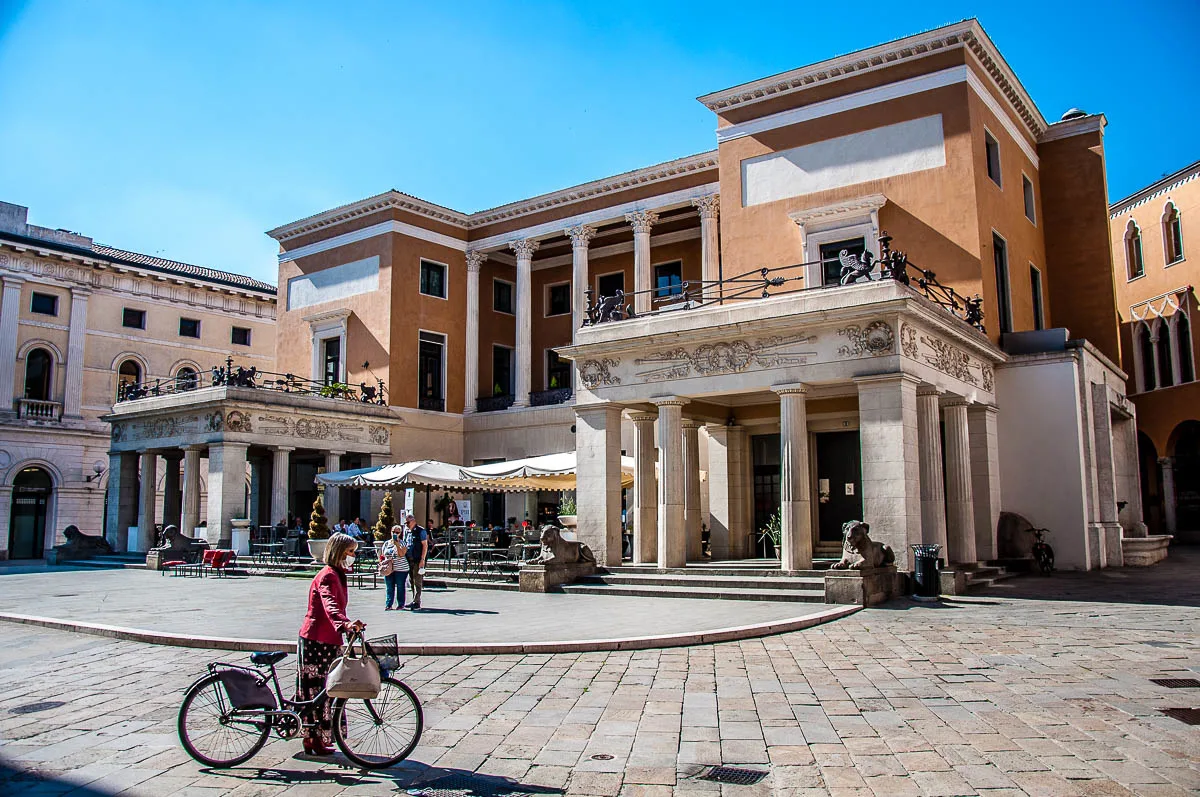
The Veneto, Italy has centuries-old coffee traditions, some of the oldest coffee houses in the world, and several artisan coffee roasters, too. After all, if we drink copious amounts of coffee today, this is all thanks to the enterprising merchants of Venice who were the first Europeans to trade in coffee as a consumer product as far back as the 16th century. It is also thanks to the students and professors of the University of Padua – Italy’s second oldest University – who were among the first to embrace the new invigorating drink to the horror of the local wine-sellers.
If you love proper coffee, the Veneto is a great destination for you. Every small coffee shop (usually called a bar) here serves great coffee to give you a good kick any time of the day. For added history and glam, head to one of the centuries-old coffee houses. Florian in Venice and Pedrocchi in Padua are a must.
Align your coffee-drinking habits with the locals – a cappuccino for breakfast, no milky coffees in the afternoon, an espresso after dinner, and if you want a caffe’ corretto (an espresso spiked with a shot of strong alcohol), then order it with grappa (sambuca is also very popular).
Click here for more information:
15. Veneto’s Artisans
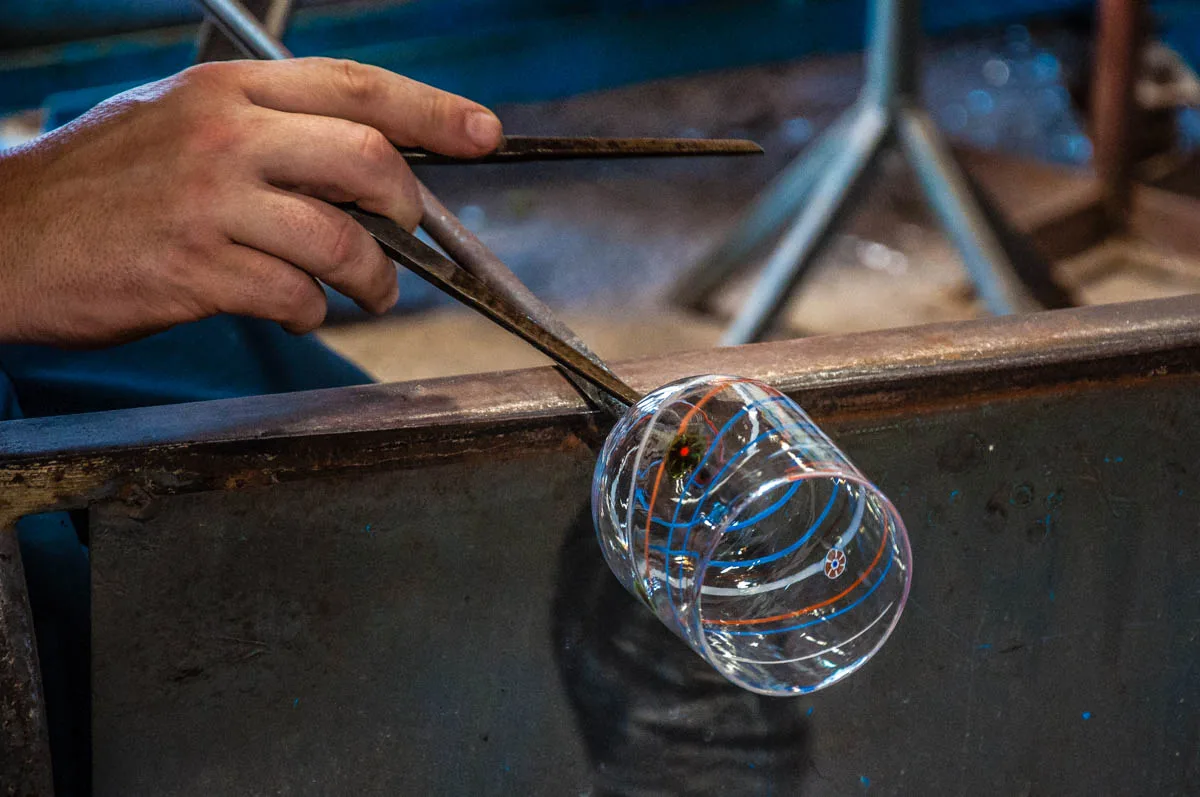
The Veneto, Italy is a great place to head to if you like shopping for beautifully crafted items. Artisan workshops are at work here preserving centuries-old craft traditions and making things by hand.
From the glass furnaces of the island of Murano in the Venetian Lagoon to the goldsmiths of the city of Vicenza, from the lace-makers of Chioggia and Burano to local monasteries where unguents and creams are made following old recipes, the Veneto is a very exciting destination if you are tired of mass-produced stuff.
In addition, several grass-roots organisations here work hard on preserving the old ways of making things. You can see them setting workshops and using ancient tools during historical festivals and reenactments. From a cobbler sewing shoes entirely by hand to a weaver working on an old loom, you can see first-hand medieval and Renaissance crafting techniques.
Click here for more information:
- Keeping Alive the Old Italian Crafts
- 4 Monastery Shops in the Veneto, Italy to Stock on Authentic Monastic Products
In Conclusion
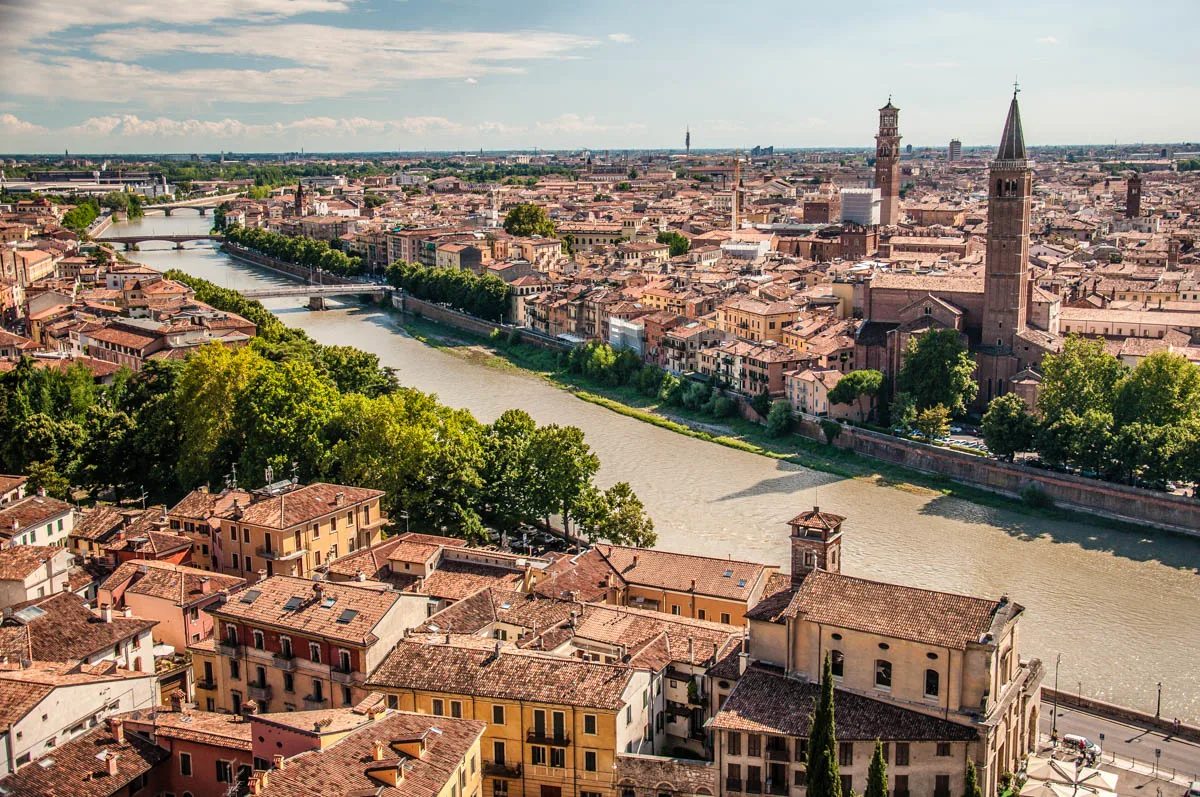
If you are looking for a new destination, consider heading to the Veneto. This Northern Italian region is rich in art, history, and nature. Here you can find deep relaxation and a stimulating exploration with hundreds of different events, sights, and activities to choose from and delight in.
After spending six years living in the Veneto, I got to know first-hand the many different facets this exciting corner of Italy has to offer. From weekends spent hiking to weekdays dedicated to art and museums, there is something for everyone here.
While millions of people head to the Veneto each year, most of them spend their time here entirely in Venice – the splendid capital of the region. Venice is always a good idea, yet there is so much to see and do here beyond the Venetian Lagoon.
As such, in the above blog post, I share with you 15 reasons to visit the Veneto beyond Venice. It’s a detailed and first-hand tried and tested list which gives you dozens of ideas for places to visit and experiences to have here.
From discovering gorgeous little towns surrounded by medieval walls to relaxing in spas fed by local thermal springs, from spending time in some of Italy’s officially most beautiful parks to shopping for handmade items made by artisans keeping alive centuries-old craft techniques, there are so many things to do and enjoy in the Veneto, Italy.
I hope that after reading them all, you have already chosen your favourite ones and will visit as soon as possible to experience it all for yourself.
Enjoy the Veneto, Italy!
More Helpful Links for Things to Do in Veneto, Italy
- 30 Days of Adventures in the Veneto, Italy – #30daysofadventures
- Top 15 Places to Visit in the Veneto, Italy – The Ultimate Guide
- 10 Best Cities in the Veneto, Italy to Visit and What to See in Each
- 15 Most Colourful Places in the Veneto, Italy to Delight Photographers and Curious Travellers
- 8 Most Beautiful Villages to Visit in the Veneto, Italy
- Italian Gardens – How to Visit Four of Italy’s Most Beautiful Parks in the Veneto
- Italian Piazzas – 20 Most Beautiful Squares in the Veneto, Northern Italy
- Best 12 Towns to Visit around Lago di Garda – Italy’s Largest Lake
- Lake Garda with Kids or The Best 11 Things to Do at Lake Garda for Families
Thank you for reading! Please, leave me a comment, pin the image below or use the buttons right at the top and at the end of this blog post to share it on social media.
For more useful information like this, please, like my blog’s page on Facebook and subscribe to my strictly no-spam newsletter.
